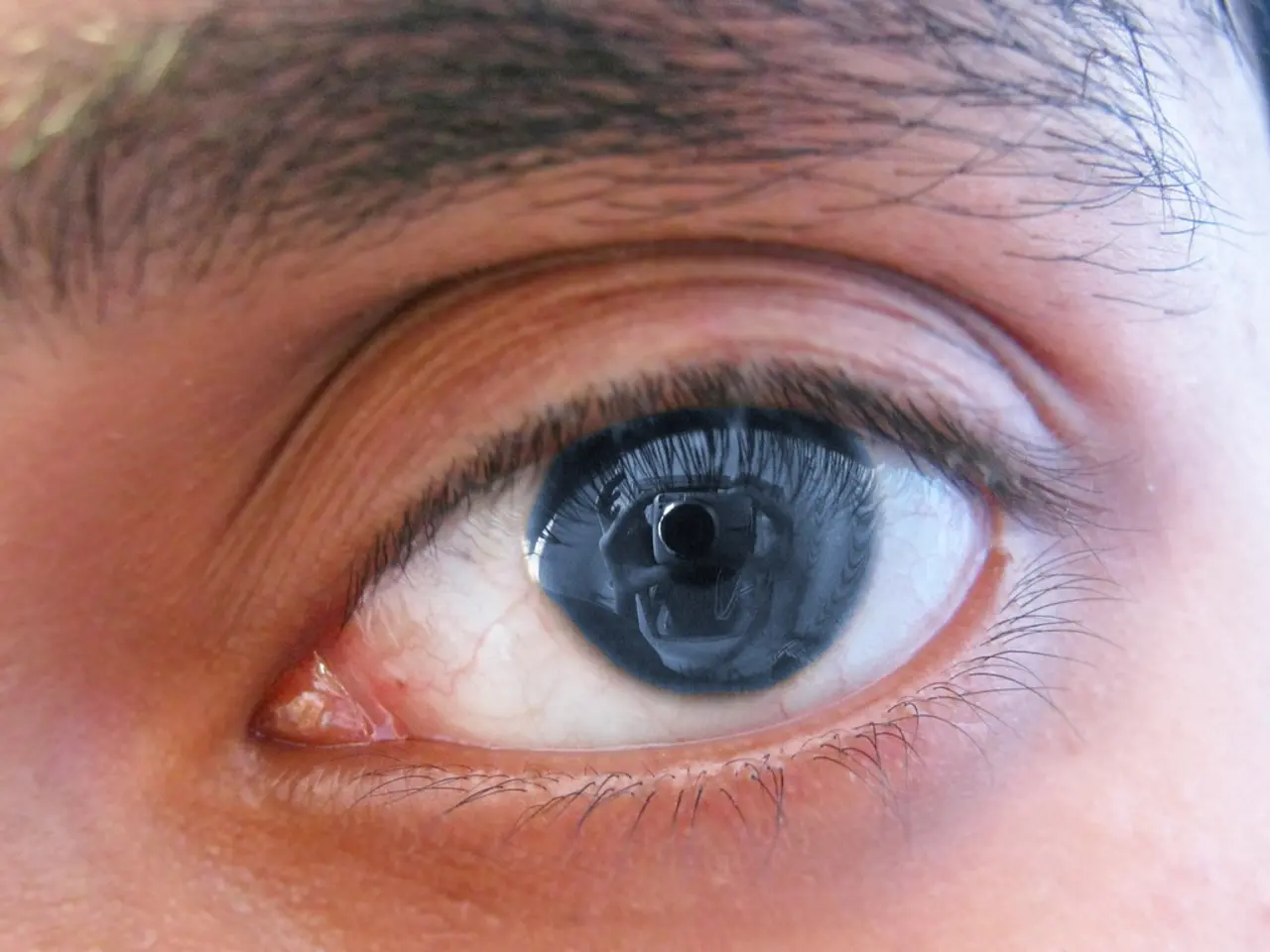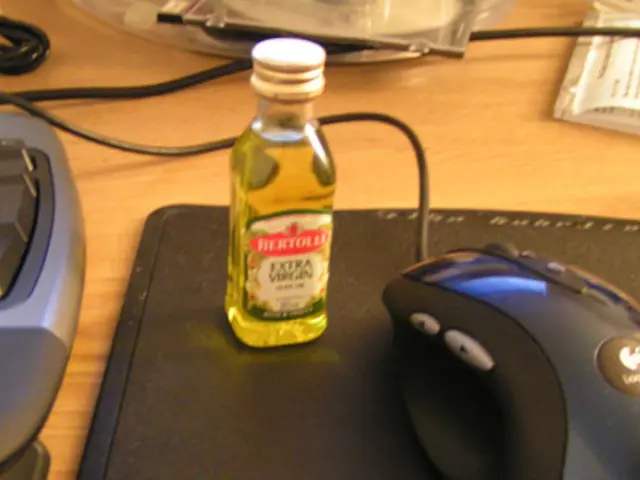Closed-angle glaucoma with severity: Signs, triggers, and comprehensive info
Acute angle-closure glaucoma is a rare but serious form of glaucoma that requires immediate medical attention to prevent permanent vision loss. This condition affects a certain number of people each year in Europe, and certain groups of people are at a higher risk.
Those with smaller eyes, assigned female at birth, far-sightedness, older age, and a family history of the condition are more likely to develop acute angle-closure glaucoma. The condition occurs when there is a blockage in the drainage canals between different parts of the eye, leading to increased pressure within the eye.
The obstruction takes place between the anterior and posterior chambers, the two eye chambers. This blockage causes the iris to bow, narrowing the space inside the anterior chamber and reducing the angle within this chamber, leading to the term "acute angle-closure glaucoma."
Certain medications can also trigger acute angle-closure glaucoma. Anticholinergic medications, often found in antipsychotics, some antidepressants, and allergy treatments, cause pupil dilation, raising the risk of angle closure in susceptible people. Topiramate, a systemic medication for seizures or migraines, is linked to acute bilateral angle closure through swelling and forward displacement of the lens-iris diaphragm. Other medications for depression, allergies, or gastrointestinal issues may trigger attacks in predisposed persons due to effects on pupil size or anterior segment anatomy.
The symptoms of acute angle-closure glaucoma include blurred vision, severe pain in one eye, headache, vomiting, nausea, and seeing rainbow-colored rings around bright lights. Anyone experiencing a sudden onset of these symptoms should see a doctor immediately.
Treatment for acute angle-closure glaucoma involves reducing pressure within the eye and treating symptoms. Doctors may use medications such as acetazolamide, pilocarpine, or glycerol, and topical glaucoma medications like beta-blockers or alpha agonists. Laser treatment can also help restore the flow of aqueous humor in acute angle-closure glaucoma.
Early diagnosis and treatment can help prevent long-term health consequences from acute angle-closure glaucoma. It is crucial to be aware of the risks, recognise the symptoms, and seek prompt medical attention if they occur.
References:
[1] Goldberg, I. (2019). Pharmacologic Triggers of Acute Angle-Closure Glaucoma. American Journal of Ophthalmology, 209(3), 313-320.
[2] Sihota, A. S., & Chen, W. L. (2018). Pharmacologic Triggers of Acute Angle-Closure Glaucoma: A Systematic Review. American Journal of Ophthalmology, 190(2), 121-132.
[3] Tassani, M., & Livescu, G. (2017). Pharmacologic Triggers of Acute Angle-Closure Glaucoma. Current Opinion in Ophthalmology, 28(3), 166-170.
[4] Wong, W. L., & Wong, T. Y. (2016). Triggers of Acute Angle-Closure Glaucoma. British Journal of Ophthalmology, 100(11), 1565-1571.
Read also:
- Persisting Myth about Lightning Safety Continues to Pose Risks Despite Disproving
- Catastrophic blast at US Steel facility in Pennsylvania claims two lives, injures ten individuals
- Swiss sleep monitoring platform facilitates proactive identification of impending COVID-19 flare-ups
- Uniclinics Predicted to Face Financial Shortfall Amounting to Millions in 2025








